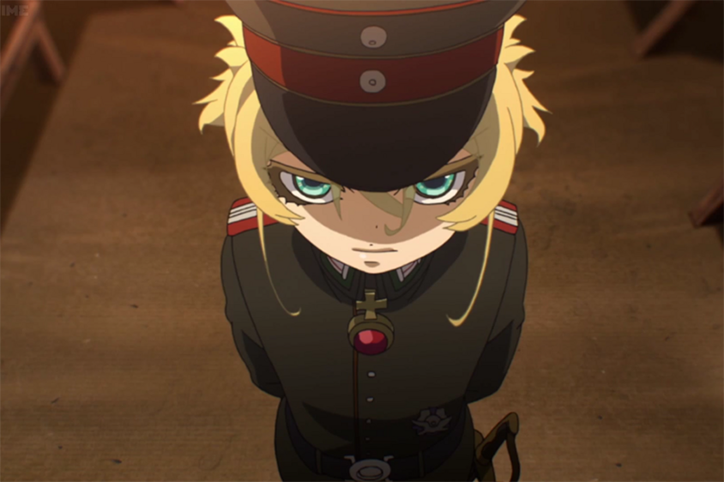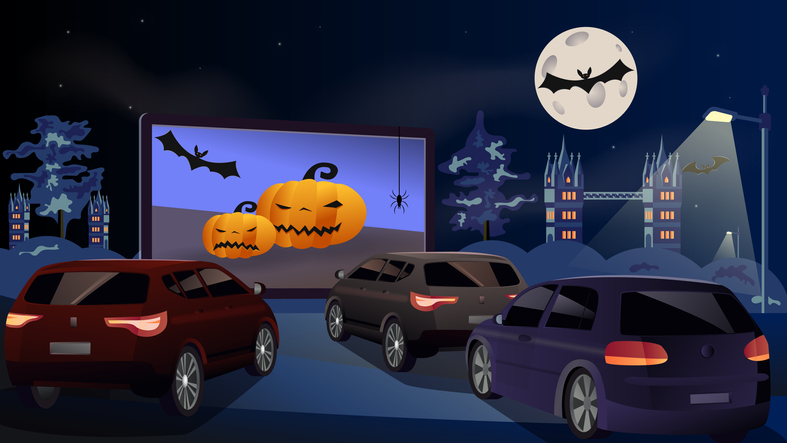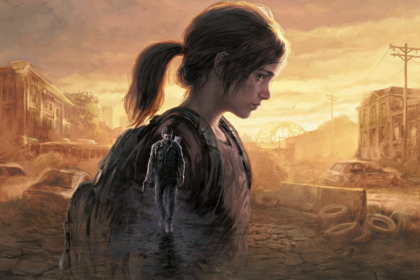Upfront, this film is the epitome of style over substance. Sir Gawain and the Green Knight is one of the most interesting and intellectually challenging additions to the Arthurian legend. There is a lot someone could do with this story, and David Lowery takes full advantage of some of those opportunities. Full warning, though, this film is odd, “artistic” (in that way, the intelligentsia love, but puts off almost everyone else), rated R and could be exceedingly confusing if you are unfamiliar with the source material. Buckle up for a bizarre but beautiful ride as we look at The Green Knight.
Same journey, different beats.
Die-hard fans of the original Arthurian mythos may take issue with the way the script handles Gawain. One of the youngest at the round table, Gawain, is the nephew of King Arthur. In the source material, he is a good, plucky young man given the opportunity to go on a hero’s journey when a green knight shows up to Camelot and challenges the knights to a game. A knight can take a swing at him and carry his grand ax but must allow him to repay the same blow the next year. Gawain beheads the knight, who picks up his head and leaves. Gawain must then journey to the green chapel in the north and fulfill the bargain.
In the film, Gawain is less the pure and positive young man of the story, but a layabout with a desire to do more, but a lack of incentive to rise to the occasion. The film goes so far as to make the appearance of the Green Knight a supernatural appointment with destiny arranged by Gawain’s mother. Dev Patel’s portrayal of a hapless wanna-be knight struggling with his lack of accomplishments as he journeys towards certain death is the best part of the film. He shines as a potential hero, constantly struggling to embrace chivalric values while wrestling with his desire for pleasure, instant gratification, and lack of motivation. It is a pleasure to watch him make the right decisions and evolve into someone with a sense of honor, even if he still makes mistakes.
The film is gorgeous but ambiguous.
This movie is beautiful. Visually, it creates a Britain that lives under gray skies with vibrant reds and yellows. You can feel the damp, muddy ground, and the score complements the scenery. It is a world where the Christian king consults a pagan wiseman, and both belief systems co-exist. Early Christian values rule the day while witchcraft moves through the world, affecting the destiny of the inhabitants of this world. Giants are real. One of the most striking moments for me was seeing Gawain leave Camelot, an old city, and pass by an ancient, decrepit fortress. This old world holds ancient secrets, and it is fascinating. I wouldn’t mind seeing this same creative team tackle other Arthurian stories in this same setting.
However, as I sat in the theater, it was clear who had read the source material and who had not. Confused faces, whispers in the seats, and general conversation after the movie ended revealed a clear delineation between those who could follow the film and those who could not. I was able to infer who certain characters were, what was going on, and filled in some of the unsaid facts and plot points. Even the changes made from written word to visual medium made more sense to me than the people I’ve spoken to unfamiliar with the original story. The filmmakers definitely sacrificed clarity for artistry. There is almost no expositional dialogue, which makes for interesting story-telling, but it has to be done very well to compensate for the lack of obvious explanations for what is going on. Based on what I’ve seen, The Green Knight didn’t go far enough to make the events clear to people who have never read the story.
The last 15 minutes may ruin the movie for you.
Without going into spoilers, how you feel about what they do with the last fifteen minutes will ultimately determine how you feel about the movie as a whole. There are plot threads they establish that are not resolved, themes and motifs they do not explore thoroughly, and whole sections of the original story they omit from the movie that would have cleared up a lot of ambiguous plot points. There is a moment that takes up an extended period of the last section of the film that could have been cut or shrank and exchanged for some version of the book’s ending. It could have been the original or a subversion of it. I think the whole film would have been more clear with that addition. It would have allowed them to finish what they started and made a more satisfying hero’s journey. Some people may love what they did with the ending, while others may not. I am ambivalent. I think a few tweaks to the ending would have made a stronger film and a more satisfying viewing experience.
If you haven’t read the source material, you should. Then see the movie.
Despite my complaints, I really think people should see this movie, particularly if they’ve read Sir Gawain and the Green Knight. It is challenging, beautiful, and is a new way of exploring the story and the Arthurian mythos. Dev Patel’s performance is great, and the Green Knight himself is an enjoyable force throughout the film. If you haven’t read the book, give it a try. There are some editions in more updated English, so if you struggle with the older English, enjoy the alternatives. There is a lot to enjoy about this movie, and then you can chew over how you feel about some of the directorial and narrative decisions. I’m still talking about this movie with friends. What we liked. What we didn’t like. What we would do differently. That, in my opinion, makes it a movie worth watching.
It is beautiful, frustrating, and intriguing. The Green Knight is a great movie for a rainy day to inspire discussion and see how old stories can be made new.





[…] Even if the story feels lackluster to you, it’s worth the watch. If you’re looking for a movie with a better story, though, be sure to check out last month’s review on The Green Knight! […]